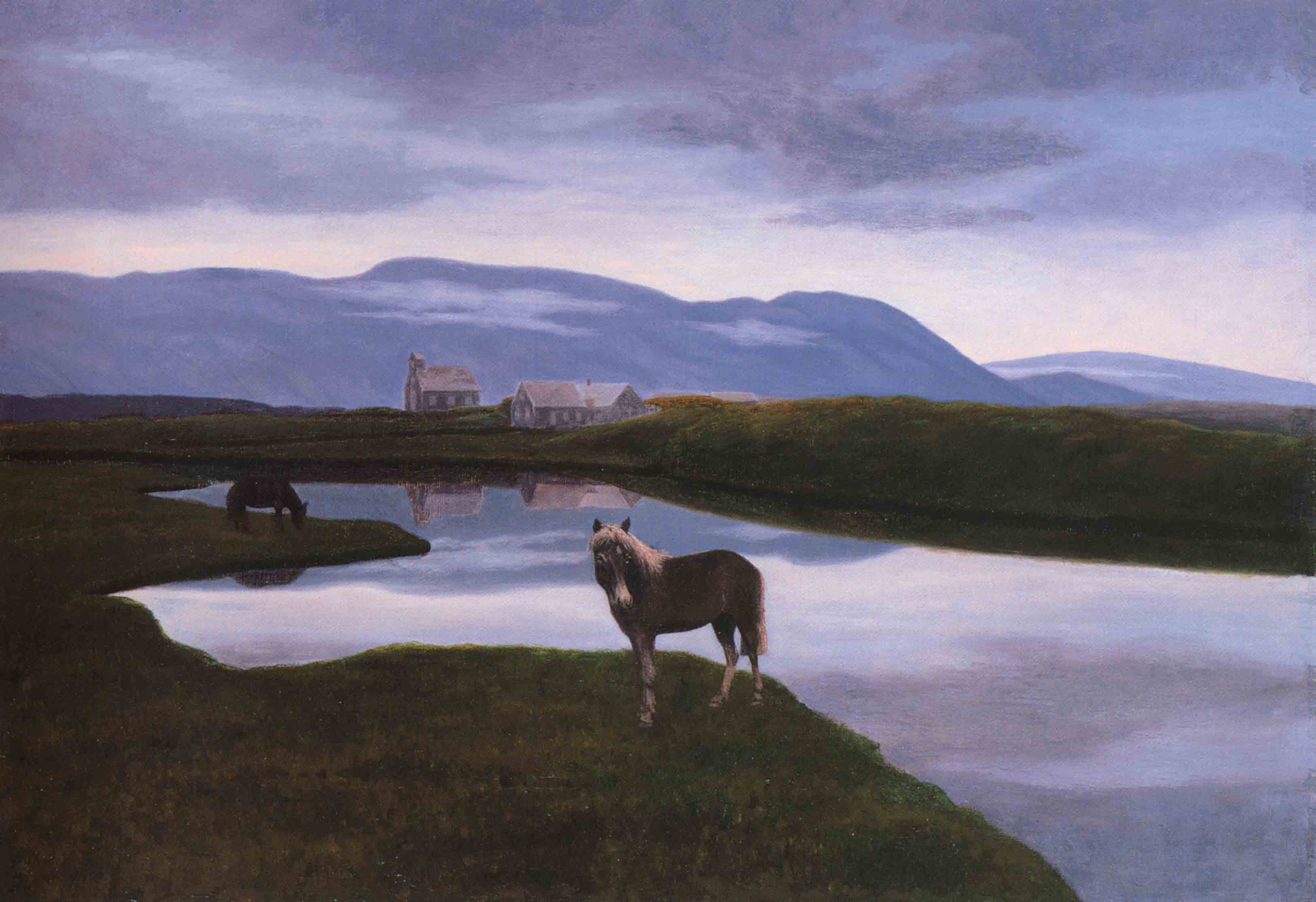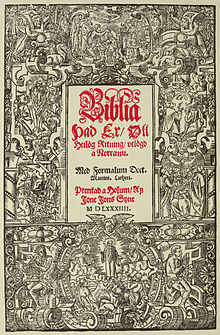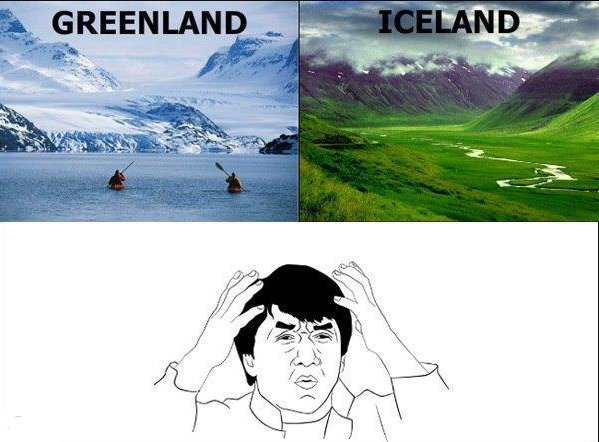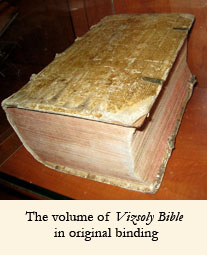In my 10-year-old Midwestern
mind, India was the representation of the word “exotic.” Its dusty land, spicy
food, and trippy music surrounded in a whirl of color and animals I only saw in
the zoo were almost the opposite of rural Indiana. I remember pouring through
old issues of National Geographic at my grandmother’s house, mesmerized at how
other people live. (I was also confused at the word Indian: did it refer to
Native Americans, or did it refer to people from India? How do you make that
distinction?) As a music major in college, I would have to study about Indian
classical music and realized what I called “trippy” because of its influences
on psychedelic rock of the 1960s and 1970s, was actually a system of slightly
complicated rules and different tuning methods.
India was named
after the word Indus, the Persian
word for the area based on the Sanskrit word for the Indus River. Indians themselves refer to their
country as Bharat. The name
Hindustan often refers to northern India and Pakistan.
India is often mentioned
as its own subcontinent in Asia. It’s a large peninsula surrounded by the
Arabian Sea on the western side, the Laccadive Sea off the southern coast, and
the Bay of Bengal on the eastern side. On the northern side of the country,
India shares borders with Pakistan, China (Tibet), Nepal, Bhutan, and
Bangladesh as well as the Himalayan Mountains. This mountain range pretty much
bars the cooler winds from northern Asia from reaching the Indian subcontinent,
leaving this area warmer than other areas of the same latitude. The state of
Jammu and Kashmir (which always reminds me of the Led Zeppelin song) has been
disputed for many years among Pakistan, China, and India. The island nation of Sri Lanka lies off
the southeast tip of India and the Maldives, also an island nation, lie farther
off the southwest corner. India also claims two archipelagos: the Lakshadweep
island chain off the southwest coast, and the Andaman and Nicobar Islands set
pretty far off in the Andaman Sea.
The Indian
subcontinent is one of the oldest inhabited areas in the world, spanning back
around 30,000 years. The Indus Valley Civilization is one of the oldest in the
world, and just after this time, the implementation of the rigid and unfair
caste system was put in place. At the same time, the most important Hindu work,
the Vedas, were also composed. Buddhism was established during the 6th
century BCE as was Jainism. Indian civilization was booming with advancements
in literature, medicine, science, mathematics, and astronomy. During the
Medieval times, India underwent a massive urbanization: towns and cities were
being developed, reorganized, and strengthened. India engaged in several
skirmishes and fought off invasions from the Mongols and other regions in what
is now India. The British East India Company set up its trading posts during
the 18th century, and eventually just took over the entire land. The
British did introduce a variety of technological advances to the Indian people
such as the railroad system (which are often depicted as being overcrowded -- definitely no "capacity" signs there) and the telegraph, but it wasn’t enough to quell
the other problems with their occupation, and the Indians revolted. Eventually,
the British East India Company was dissolved; however, the British remained in
the picture until India completely gained independence in 1947, resulting in
two states: India and Pakistan. These two countries would have several periods
of unrest between themselves, and they are still in dispute, along with China,
over territories in northern India.
 |
| The India Gate, New Delhi |
The capital of the
country is New Delhi. As the center of India’s government, this bustling city
has roughly 21.7 million people in the metro area. The capital lies in the
midst of several fault lines, making it vulnerable to earthquakes, although
most of them are fairly moderate. New Delhi suffers very hot summers with mild
winters and is also susceptible to dust storms during the dry season. However,
it typically ranks as one of the worst cities for air pollution, so if you’re
asthmatic, you might want to head to the coast perhaps. New Delhi is every bit
of a modern city, yet it has preserved many pieces of its ancient history
throughout the city. Museums, restaurants (ranging from local, traditional food
to world-class cuisine), shopping districts and markets, sports arenas,
theatres, clubs, and parks dot the city, showing off the best of its culture.
India has one of
the world’s fastest growing economies. They have a large agricultural sector
where major products include rice, cotton, wheat, potatoes, teas, sugarcane,
jute, and oilseed. They also have highly-skilled industries such as
pharmaceuticals, chemicals, textiles, telecommunications, software, food processing,
and other products and skilled industries. They also have the world’s second-fastest
growing automobile industry. And
of course, India is known for its IT industry that includes creating popular websites and tech products as well as supplying call centers and
help desks (the inspiration of the short-run sit-com Outsourced, and much chagrin to many people). India’s film industry
produces some of the world’s most-watched cinematic films. Even Netflix has an
entire section just for Indian films (available in streaming and in DVD format
– we just watched the movie Dhoom: 3
tonight, and it was great!). However, there is still a very serious problem
with income inequality in this country, especially along gender lines. India
has more than a million people who are listed as millionaires, yet most people
live off of less than $2/day.
Four religions
began in Indian lands: Hinduism, Buddhism, Sikhism, and Jainism. Hinduism is the third largest religion,
and Buddhism is the fourth largest one in the world. Because of India’s
multicultural history, there are also followers of several other religions in
India as well: Muslims, Christians, Zoroastrians, Jews, Bahá’ís, atheists, and
agnostics.
 |
| Yes, yoga is a physical and mental practice with a basis in Hinduism, Buddhism, and Jainism. |
Sanskrit, one of
the oldest languages in the world, stems from this area and is part of the basis
of the Indo-European family of languages. Hindi, one of two official languages,
is the most widely spoken language in India and is mutually intelligible with
Urdu (which is spoken in Pakistan and northern India); English is the other
official language. Because this country is very much a poly-linguistic society,
there are several languages that are listed as regionally recognized languages:
Assamese, Bengali, Bodo, Dogri, Gujarati, Kannada, Kashmiri, Konkani, Maithili,
Malayalam, Manipuri, Marathi, Nepali, Oriya, Punjabi, Sanskrit, Santali,
Sindhi, Tamil, Telugu, and Urdu. Of these 22 major languages spoken in India,
they are also written in 13 different scripts. It’s also estimated that there
are between 720-2000 dialects spoken in this country alone.
India is the
second-most populated country in the world with about 1.2 billion people, yet
the land is only about 1/3 the size of the United States, making it also the
largest democracy. Many Indians never eat with their left hand because the left
hand is used for bathroom purposes. Cows are sacred in the Hindu religion
because of the symbolism between cows and good fortune. They are therefore
allowed to wander freely in many areas. Although India has the largest postal
network in the world with over 150,000 post offices, it’s pretty common for a
letter to take nearly two weeks to go 30 miles (I’ll stop complaining about the
US postal system now). One of the world’s most iconic buildings, the Taj Mahal
(not to be confused with the blues musician), is located in Agra. Chai tea originated
in India and is one of the most popular beverages in India – and one of my
favorites as well. I’ve already found my recipes and absolutely can’t wait to
make these. In the meantime, I think I’ll go drink some chai and look through
more Indian films.
Up next: art and
literature

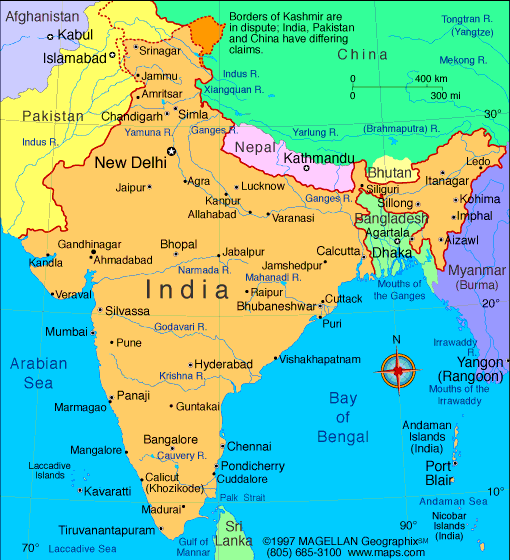





.JPG)



